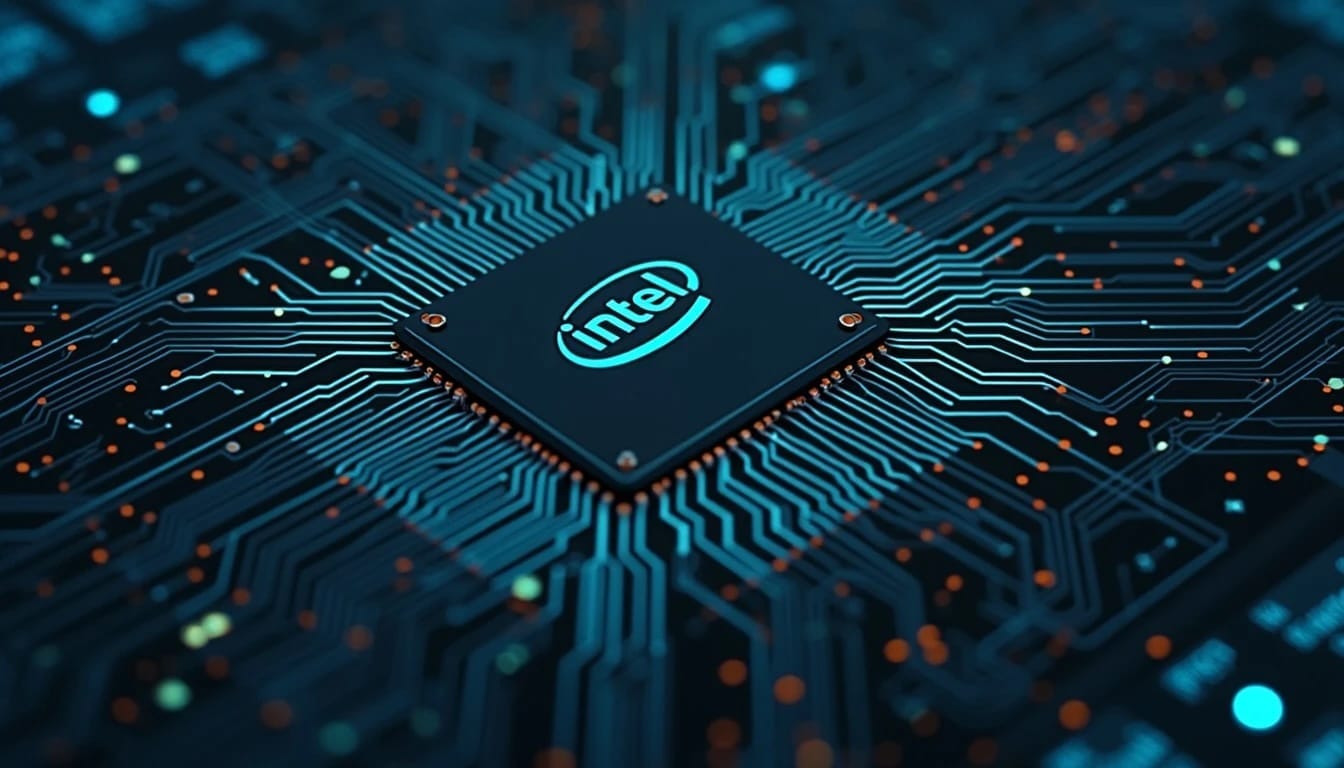In the competitive x86 processor market, Intel and AMD have maintained a relationship of rivalry and coexistence for decades. However, recent declines in Intel’s revenues and market value have raised questions about its future and the possibility of an acquisition. In this scenario, AMD, far from being just a competitor, could play a crucial role in blocking any acquisition attempts of Intel due to its legal rights stemming from the historic x86 architecture licensing agreement.
The Decline of Intel and the Possibility of an Acquisition
Intel, which has traditionally dominated the PC processor market, is facing a challenging period. Despite still being the leader in market share, its recent launches, such as the Core 14 and Core Ultra, have not met expectations. Additionally, other divisions, such as GPUs and manufacturing services (IFS), have recorded significant losses.
In the first quarter of 2023, Intel reported the largest losses in its history, with a 36% drop in revenue compared to the previous year. These difficulties have led to a collapse in its stock value, placing it at 65th in the global market capitalization ranking, far below AMD, which holds the 35th position.
Although Intel remains a giant with over 120,000 employees, its current situation makes it vulnerable to a potential acquisition. In this context, Broadcom, one of the largest tech companies by market capitalization, emerges as a potential interested party.
The x86 Agreement: A Barrier to Any Intel Acquisition
Despite this landscape, any attempt to acquire Intel would face a unique obstacle: the x86 licensing agreement between Intel and AMD. This agreement grants both companies the right to block each other’s purchase by terminating the x86 license, essential for manufacturing processors compatible with this architecture.
This pact, initially designed to protect AMD, now places Lisa Su’s company in a strategic position. AMD could block any attempt to acquire Intel, as the loss of the x86 license would render the operation unviable for any buyer.
An Absolute Block or an Opportunity to Negotiate?
While AMD has the capacity to stop any acquisition, it could also leverage the situation to negotiate favorable terms. For example, it could seek support to strengthen its presence in the GPU market, where NVIDIA currently dominates.
The GPU sector has been an area where AMD has struggled to compete against NVIDIA, and a strategic collaboration with an Intel buyer could help close that gap. This opens the door to potential agreements between AMD and an interested buyer like Broadcom, as long as these do not jeopardize competition in the x86 market.
The Impact on the Tech Industry
The potential sale of Intel would have significant repercussions in the tech industry. The x86 architecture is the backbone of most personal computers and servers, and any change in its control could disrupt market balance.
Furthermore, a scenario where AMD blocks an acquisition underscores the importance of competition between these two companies. The rivalry between Intel and AMD has driven key technological advancements and benefited consumers with more competitive pricing and innovative products.
Broadcom, the Potential Buyer
While few companies in the world have the capacity to acquire Intel, Broadcom positions itself as a plausible candidate. It currently ranks 11th in market capitalization, just behind TSMC, and has shown interest in expanding into strategic markets. However, any acquisition attempt would be subject to AMD’s approval and any conditions it may impose.
The Future of Intel and AMD
While Intel faces significant challenges, it remains a highly influential company in the tech industry. Its fate, whether through internal restructuring or potential acquisition, will be linked to the role AMD decides to play.
For its part, AMD has demonstrated its ability to grow and consolidate within the market, overcoming past adversities and capitalizing on its recent success. Its position in the x86 agreement grants it a key role not just as a competitor but also as a custodian of the future of the processor market.
The outcome of this situation could redefine the tech landscape and mark a new chapter in the history of x86 architecture, a fundamental pillar of modern computing.

